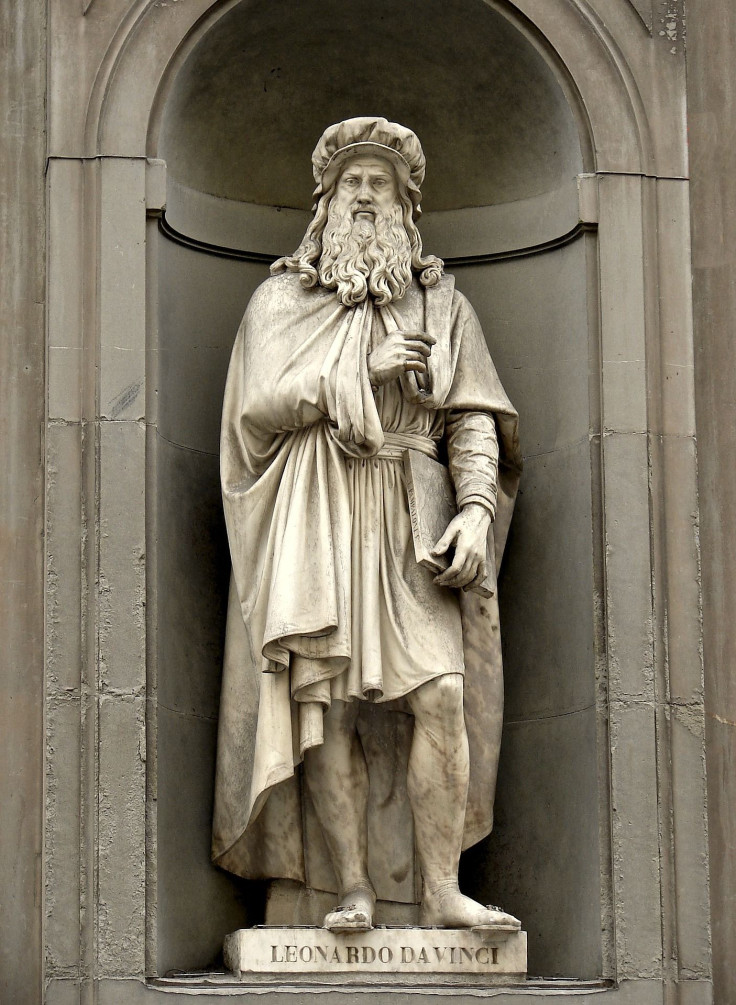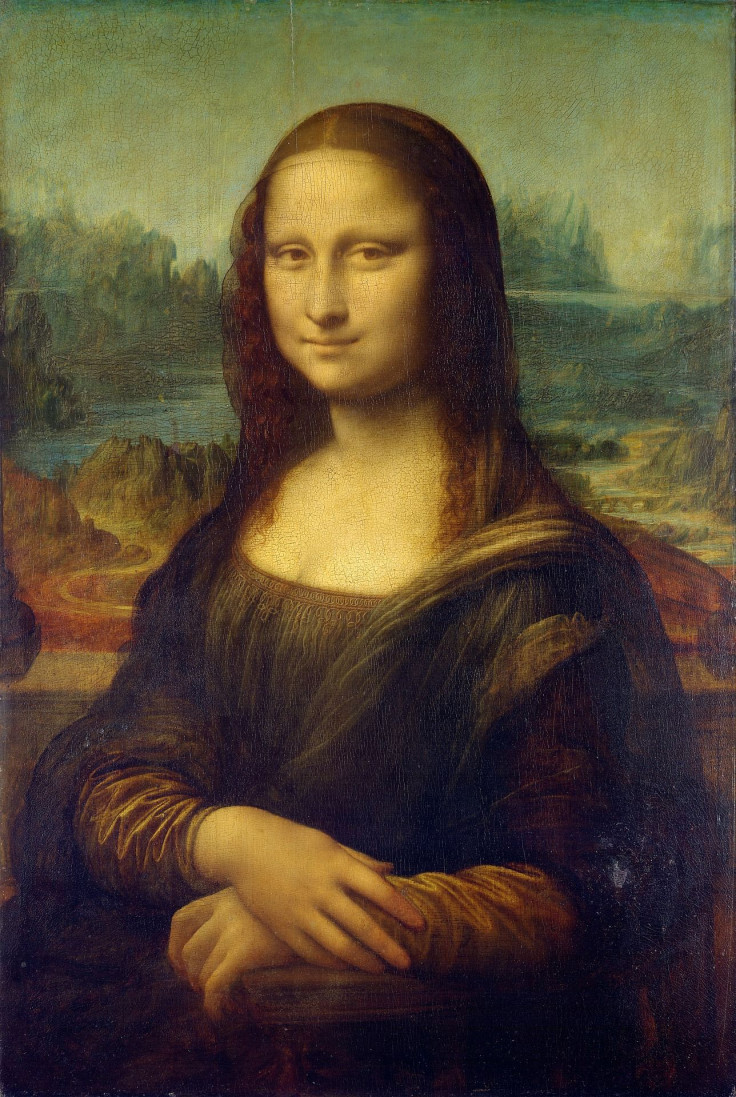Leonardo Da Vinci Paintings Prove He Has ADHD, Scientists Say

Leonardo di ser Piero da Vinci, or as you may know him Leonardo Da Vinci, is considered to be a Renaissance man and is best known for his art, with works such as the Mona Lisa and The Last Supper. He was considered to be a polymath as his area of interests included drawing, painting, invention, architecture, mathematics, sculpting, science, music, literature, engineering, botany, cartography, history, writing, anatomy, geology and astronomy.
However, despite his global fame, the master painter was known to have difficulties with finishing projects, procrastinating, and staying on tasks his entire life. Until now, his reputation as an artist is solely based on 20 paintings still known to exist. While some of his work may have been destroyed or lost over the centuries, there could be another reason why there are so few genuine works by the Italian artist.
Da Vinci was notoriously known for beginning his artworks then never completing them. Take, for example, the Sforza Horse. Da Vinci toiled over plans for it and intended for it to be the largest ever cast bronze sculpture. He worked on the Sforza Horse, on and off, for 12 years before completely abandoning it.
Additionally, a commissioned mural of the Battle of Anghiari had to be plastered over as Da Vinci failed to complete the work. Some researchers even hypothesized that the Mona Lisa is unfinished.
Looking at this penchant to procrastinate and abandon his work, two neuroscientists believe they may have discovered the reason behind Leonardo’s behavior. Marco Catani and Paolo Mazzarello suggested in their study that Da Vinci may have had Attention Deficit and Hyperactive Disorder or ADHD.
Professor Marco Catani from the Institute of Psychiatry, Psychology, and Neuroscience at King’s College London stated in a press release, “While impossible to make a post-mortem diagnosis for someone who lived 500 years ago, I am confident that ADHD is the most convincing and scientifically plausible hypothesis to explain Leonardo’s difficulty in finishing his works. Historical records show Leonardo spent excessive time planning projects but lacked perseverance. ADHD could explain aspects of Leonardo’s temperament and his strange mercurial genius."

Additionally, in a biography of famous painters and sculptors which is considered to be the first to include information about Da Vinci, Giorgio Vasari described the Italian artist to have an almost textbook case of ADHD.
“In learning and in the rudiments of letters he would have made great proficiency, if he had not been so variable and unstable, for he set himself to learn many things, and then, after having begun them, abandoned them,” he wrote.
When Da Vinci grew older, he began apprenticing in the workshop of Andrea del Verrochio, a painter in Florence. It was there that his inability to execute his plans became more apparent. Da Vinci received his first commissions there, and though he planned the work extensively, he ultimately walked away from them.
Additionally, in 1478, Da Vinci received his first commission as a solo painter. He was to paint an altarpiece in the Chapel of San Bernardo, and though he took an advance of 25 florins, Da Vinci did not see the commission through and again abandoned it.
When Da Vinci left the atelier, it was not as a painter but as a musician working for the Duke of Milan. Leonardo worked for the Duke of Milan for 20 years before being let go. Da Vinci wrote in his diary that he never finished any of the projects that the Duke had commissioned for him.
Even the pope at the time got on his case. Leonardo worked for the Vatican for three years before being dismissed by Pope Leo X, who exclaimed, “Alas! This man will never do anything, for he begins by thinking of the end of the work, before the beginning.”
There’s also a first-hand account of Da Vinci’s inability to focus from Matteo Bandello. The novelist and contemporary observed Da Vinci during the time he worked on The Last Supper and had this to say of his work habits, “I have also seen him, as the caprice or whim took him, set out at midday, […] from the Corte Vecchio, where he was at work on the clay model of the great horse, and go straight to the Grazie and there mount on the scaffolding and take up his brush and give one or two touches to one of the figures and suddenly give up and go away again.”
In addition to these biographical tidbits, Da Vinci is known to exhibit other signs of ADHD. He was known to work continuously through the night, alternating cycles of waking and short naps. The Italian artist was also left-handed and some research suggested he may have been dyslexic, both characteristics often associated with ADHD.
Da Vinci recognized his difficulties with project management and time and sometimes teamed up with other people to get things done. However, the artist also beat himself up for what he saw as a lack of discipline.
At the end of his life, he regretted his failures and was reported to have said: “I have offended God and mankind because my work did not reach the quality it should have.”
Despite his shortcomings, Da Vinci is still considered to be one of the best artists to have ever lived. Should the claims about him having ADHD prove to be true, it is only a testament to how the disease affects adults as well as children and is something you live with for the rest of your life.
Da Vinci could serve as an example of how talented people who have the condition are affected when they do not get the help that they need.
© Copyright IBTimes 2025. All rights reserved.





















